Hisashi Ouchi, a lab technician who becomes the nation’s worst-ever nuclear radiation victim during an accident in a nuclear power plant of Japan. It is considered to be an extremely critical issue of nuclear effect in our medical history, where Hisashi was kept alive for 83 days in some kind of experimental way. A number of questions remain about the ethics surrounding his treatment, and the most significant one is: “Why was Hisashi Ouchi kept alive for 83 days against his will in such unbearable pain and suffering?”
Cause of the Second Tokaimura Nuclear Accident
The Second Tokaimura Nuclear Accident conveys the nuclear disaster that occurred on September 30, 1999, at around 10:35 am, resulting in two horrific nuclear deaths. It is one of the world’s worst civilian nuclear radiation accidents that happened in a uranium fuel reprocessing plant. The plant was operated by Japan Nuclear Fuel Conversion Co. (JCO) located at the Tokai village of Naka District, in Japan.
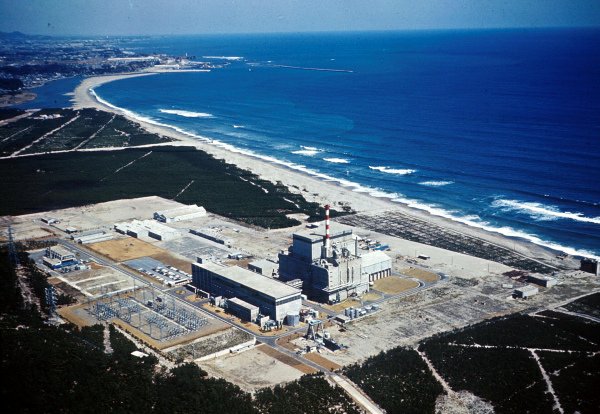
Three lab workers, Hisashi Ouchi, 35 years old, Yutaka Yokokawa, 54 years old, and Masato Shinohara, 39 years old, were working at the lab in their shift that day. Hisashi and Masato were together preparing a measurable batch of nuclear-fuel by adding a uranium solution to the precipitation tanks. Due to lack of experience, they had mistakenly added an excessive quantity of uranium (about 16kg) to one of those tanks which reached its critical condition. Eventually, in all of sudden, a self-sustaining nuclear chain reaction started with an intense blue flash and the horrible accident took place.
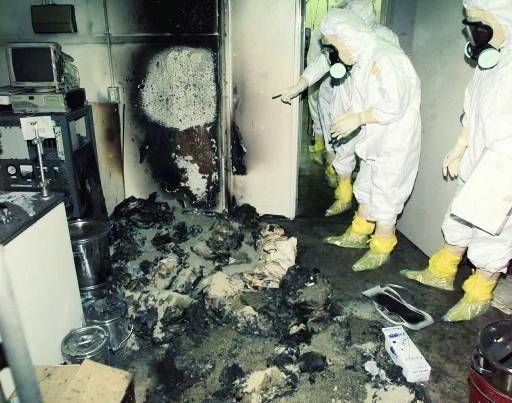
The fate of Hisashi Ouchi
Unfortunately, Hisashi Ouchi was the nearest one from the explosion who got injured most. He received 17 sieverts (Sv) of radiation while 50 mSv (1 Sv = 1000 mSv) is considered as the maximum permissible annual dose of radiation and 8 sieverts is considered as the mortal-dose. Whereas, Masato and Yutuka also received the fatal doses of 10 sieverts and 3 sieverts respectively. They all were immediately admitted to the Mito Hospital.
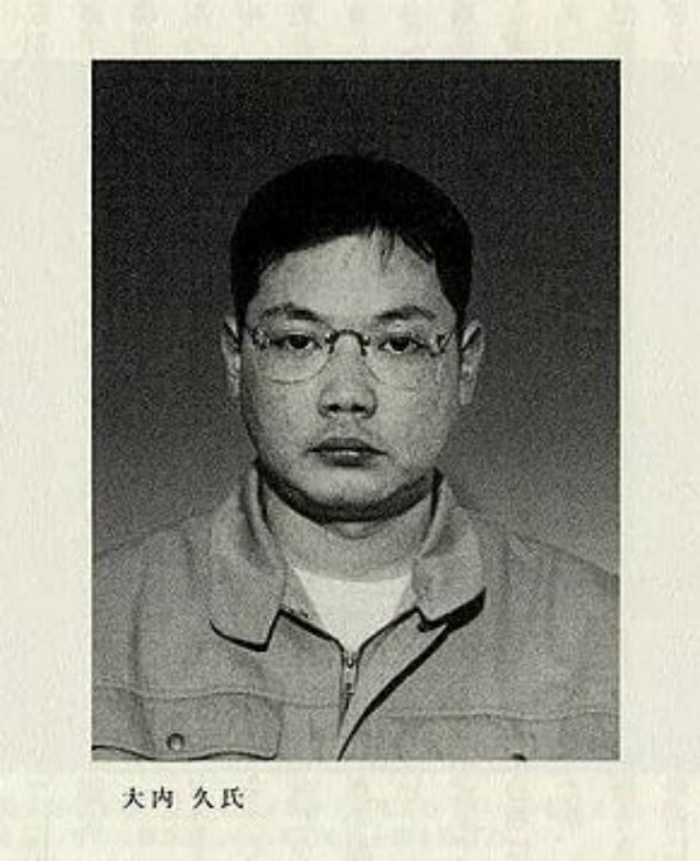
Hisashi suffered 100% of serious burns, and most of his internal organs were fully or partially damaged. Shockingly the white blood cell count in his body was near to zero, destroying his whole immune system, and the fatal radiation also destroyed his DNA.
The radiation penetrated the chromosomes of his cells. Chromosomes are the blueprints of a human body that contain all the genetic information. Each pair of chromosomes has a number and can be arranged in order.
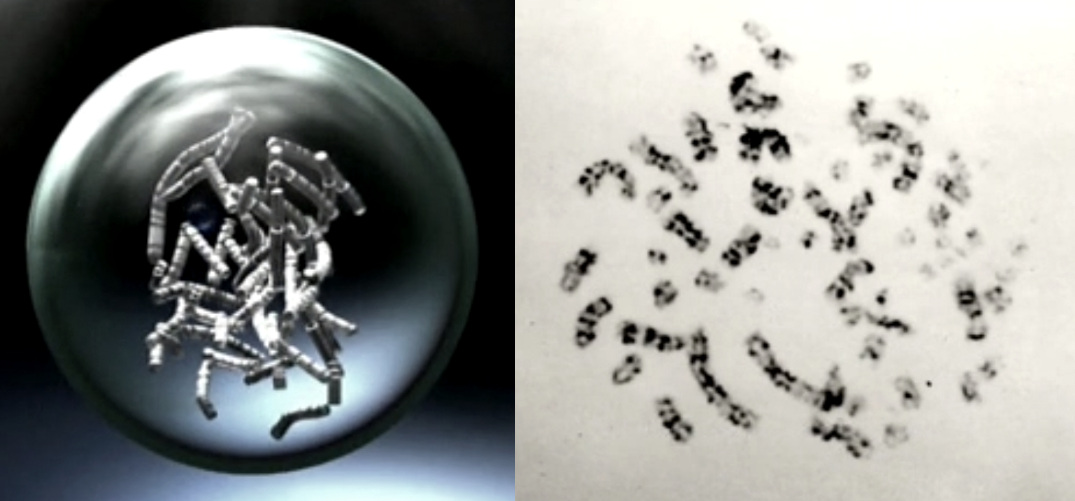
However, it was impossible to arrange Hisashi’s irradiated chromosomes. They were broken apart and some of them were stuck to each other. The destruction of the chromosomes meant that new cells would not be generated thereafter.
The radiation damage also appeared on the surface of Hisashi’s body. At first, doctors used surgical tapes as usual on his body. However, it became more and more frequent that his skin was ripped off along with the removed tape. Eventually, they couldn’t use surgical tape anymore.
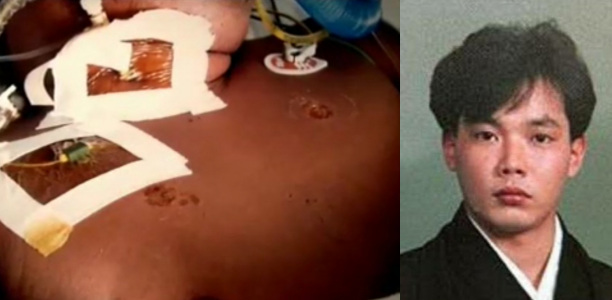
Healthy skin cells divide rapidly and new cells replace old ones. However, in Hisashi’s irradiated skin, new cells were no longer generated. His old skin was falling off. It was an intense pain in his skin and the battle against infection.

Additionally, he had developed fluid retention in his lungs and he began to experience difficulty in breathing.
What does nuclear radiation do to the human body?
According to the National Institute of Health (National Library of Medicine):
Inside the nucleus of our each body cell, are microscopic bodies called chromosomes that are responsible for the function and reproduction of each cell in our body. Chromosomes are made of two large molecules or strands of deoxyribonucleic acid (DNA). Nuclear radiation affects the atoms in our bodies by removing the electrons. This breaks the atom bonds in DNA, damaging them. If the DNA in the chromosome is damaged, the instructions that control the cell’s function and reproduction are also damaged and cells can’t replicate so they die. Those that can still replicate, create more mutated or damaged cells that create cancer.
Much of what we know about cancer risks from radiation is based on studies of the survivors of the atomic bombs in Nagasaki and Hiroshima. Studies have found an increased risk of the following cancers (from higher to lower risk):
- Most types of leukemia (although not chronic lymphocytic leukemia)
- Multiple myeloma
- Thyroid cancer
- Bladder cancer
- Breast cancer
- Lung cancer
- Ovarian cancer
- Colon cancer (but not rectal cancer)
- Esophageal cancer
- Stomach cancer
- Liver cancer
- Lymphoma
- Skin cancer (besides melanoma)
Higher radiation exposure was linked to higher risk of cancer, but even low amounts of radiation were linked to an increased risk of getting and dying from cancer. There was no clear cut-off for safe radiation exposure.
An aftermath of the Tokaimura nuclear disaster
About 161 people from 39 households within a 350-meter radius from the conversion building were immediately evacuated. Residents within 10 km were asked to stay indoors as a precautionary measure.
However, the nuclear chain reaction resumed as the solution cooled and the voids disappeared. The following morning, workers permanently stopped the reaction by draining water from a cooling jacket surrounding the precipitation tank. The water was serving as a neutron reflector. A boric acid solution (boron selected for its neutron absorption properties) was then added to the tank to ensure that the contents remained subcritical.
Residents were allowed home two days later with sandbags and other shielding to protect from residual gamma radiation, and all other restrictions were lifted with caution.
The last ditch-effort by the advanced medical teams to keep Hisashi Ouchi alive
Internal infections and almost skinless exposed body surface were rapidly poisoning Hisashi from inside and outside at the same time.
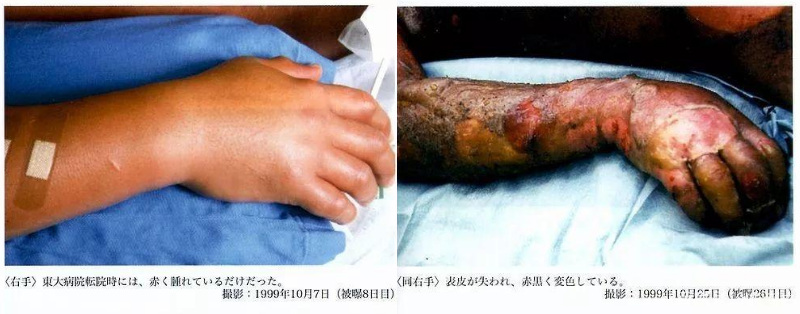
Despite several skin transplants, Hisashi continued to lose body fluids through the pores of his skin-burns that caused his blood pressure to be unstable. At one moment, Hisashi was bleeding from his eyes and his wife said that it looked like he was crying blood!
As Hisashi’s condition worsened, the National Institute of Radiological Sciences in Chiba, Chiba Prefecture, transferred him to the University of Tokyo Hospital, where he reportedly underwent the world’s first transfusion of peripheral stem cells so that the white blood cells could be begun to generate again in his body.
Peripheral blood stem cell transplantation (PBSCT), also called “Peripheral stem cell support”, is a method of replacing blood-forming stem cells destroyed by radiation, for example, by cancer treatment. The patient receives stem cells through a catheter placed into a blood vessel generally located in the chest.
The Japanese government gave a higher priority for Hisashi Ouchi’s critical case, as the result, a group of top medical experts was assembled from Japan and abroad to treat the poor condition of radiation affected Hisashi Ouchi. In the process, medics kept him alive by pumping huge amounts of blood and fluids into him on a daily basis and treating him with drugs specially imported from various foreign sources.
It has been reported that during the period of his treatment, Hisashi requested several times to release him from the unbearable pain and once he even said “he didn’t want to be a guinea pig anymore!”
But it was considered a matter of national dignity that put the special medical team under pressure. Therefore, despite Hisashi’s will to die, doctors had made their utmost effort to keep him alive for 83 days. On the 59th day of his treatment, his heart stopped three times within just 49 minutes, which caused serious damages in his brain and kidneys. Doctors had taken Hisashi on total life support until he finally died on December 21, 1999, due to multi-organ failure.
Hisashi Ouchi is considered as the worst nuclear radiation affected victim in our medical history, who spent the final 83 days of his life through the most painful inpatient condition.
Did Yutaka Yokokawa and Masato Shinohara also die?
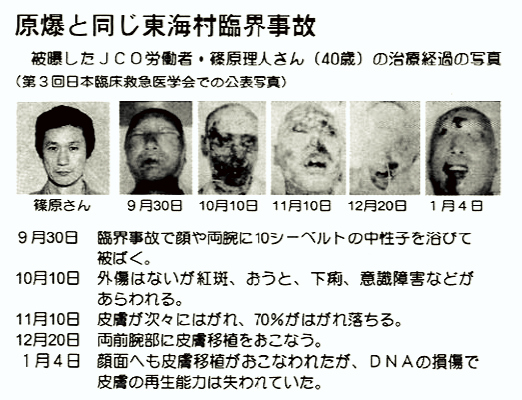
Through all the time of experimental treatment of Hisashi Ouchi, Masato Shinohara and Yutaka Yokokawa were also in the hospital, fighting against their death. Later, Masato seemed to be getting better and he was even taken in his wheelchair to visit the hospital gardens on New Year’s Day of 2000. However, he later contracted pneumonia and his lungs were damaged by the radiation he received. Due to this, Masato was unable to speak in those days, so he had to write messages to nurses and his family. Some of them expressed pathetic words like “Mommy, please!”, etc.
In the end, on April 27, 2000, Masato also had left this world due to multi-organ failure. On the other side, Yutaka luckily recovered after staying in the hospital for over six months and was released to get well at home.
There’s a book titled “A Slow Death: 83 Days of Radiation Sickness” on this tragic incident, where ‘Hisashi Ouchi’ has been called ‘Hiroshi Ouchi.’ However, this book documents the following 83 days of treatment until his passing, with detailed descriptions and explanations of the radiation poisoning.
Investigations and the final report of the Second Tokaimura Nuclear Accident
After conducting a deep investigation, the International Atomic Energy Agency found that the cause of the accident was “human error and serious breaches of safety principles.” According to their reports, the accident was triggered when the three lab workers used too much uranium to make fuel and set off an uncontrolled atomic reaction.
Due to the nuclear disaster, a total of 667 people, including nearby residents and emergency workers were exposed to radiation.
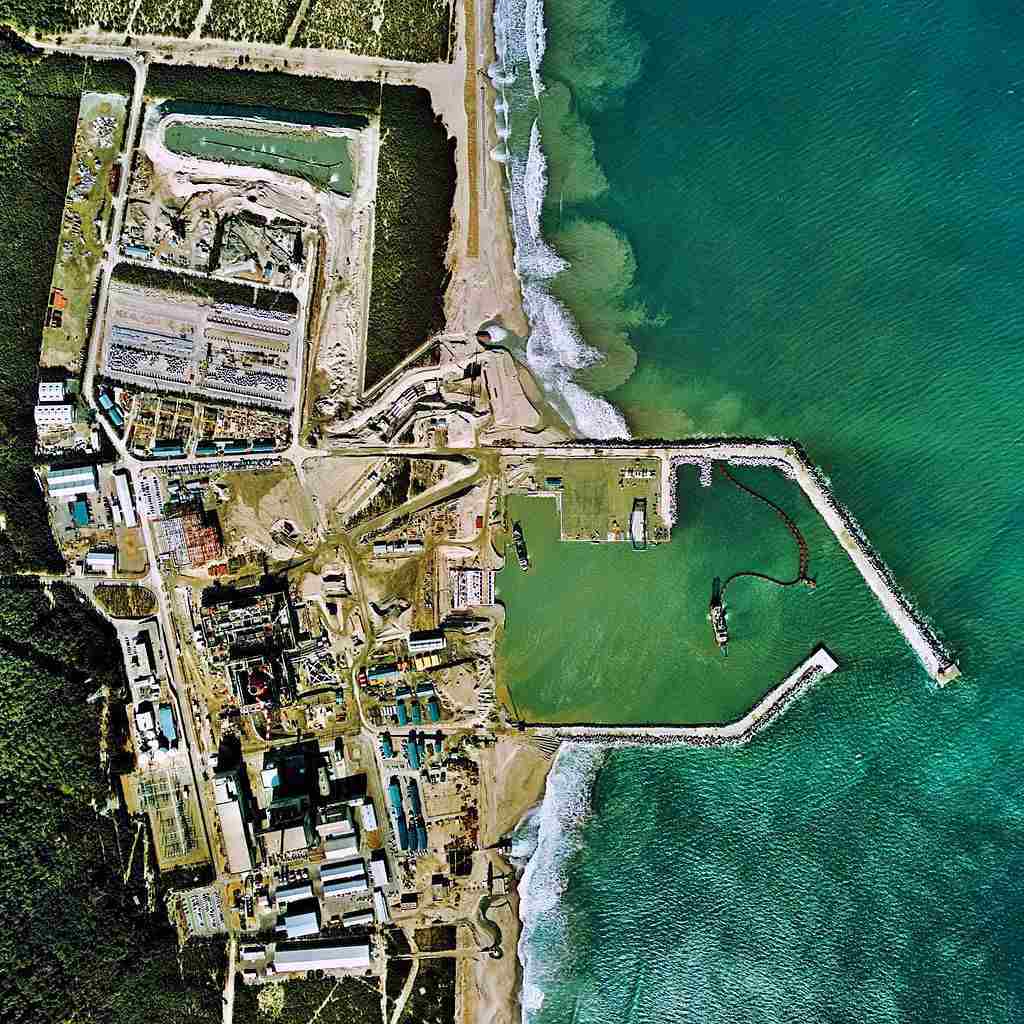
Further investigations revealed that the workers at the plant, run by JCO Co., routinely violated safety procedures, including mixing uranium in buckets to get work done quickly.
Six employees, including the plant administrator and accident survivor Yutaka Yokokawa, pleaded guilty to a charge of negligence resulting in death. The JCO President also pleaded guilty on behalf of the company.
In March 2000, the Japanese government revoked the license of JCO. It was the first nuclear plant operator to face the penalty under Japanese law regulating nuclear fuel, materials and reactors. They agreed to pay $121 million in compensation to settle 6,875 claims from people exposed to radiation and affected agricultural and service businesses.
The then Japanese Prime Minister Yoshiro Mori expressed his condolences and assured that the government will work hard to ensure that a similar accident does not take place again.
However, later in 2011, The Fukushima Daiichi nuclear disaster took place in Japan, which was the most severe nuclear accident in the world since the 26 April 1986 Chernobyl disaster. It happened due to a technical failure during the Tōhoku earthquake and tsunami on Friday, 11 March 2011.
The First Tokaimura Nuclear Accident
Two years before this tragic event, on March 11, 1997, the First Tokaimura Nuclear Accident occurred in a nuclear reprocessing plant of the Dōnen (Power Reactor and Nuclear Fuel Development Corporation). It is sometimes referred to as the Dōnen Accident.
At least 37 of the workers were exposed to elevated levels of radiation during the incident. A week after the event, meteorological officials detected unusually high levels of caesium 40 kilometres south-west of the plant.

Caesium (Cs) is a soft, silvery-golden alkali metal with a melting point of 28.5 °C (83.3 °F). It’s extracted from waste produced by nuclear reactors.
After reading about the bizarre case of Hisashi Ouchi and the fatal radiation victims of the Second Tokaimura Nuclear Accident, read about “The fate of David Kirwan: Death by boiling in a hot spring!!”




